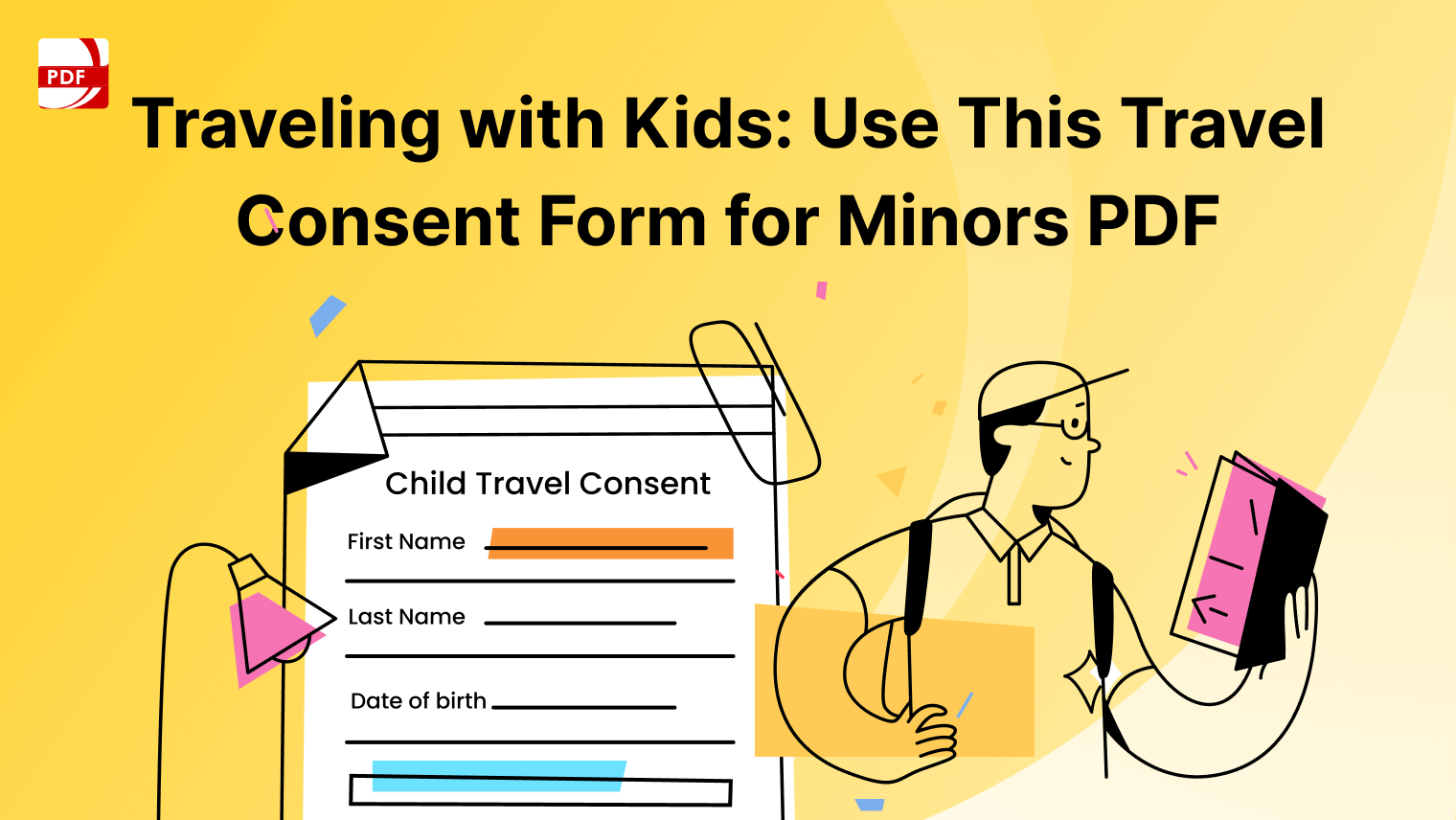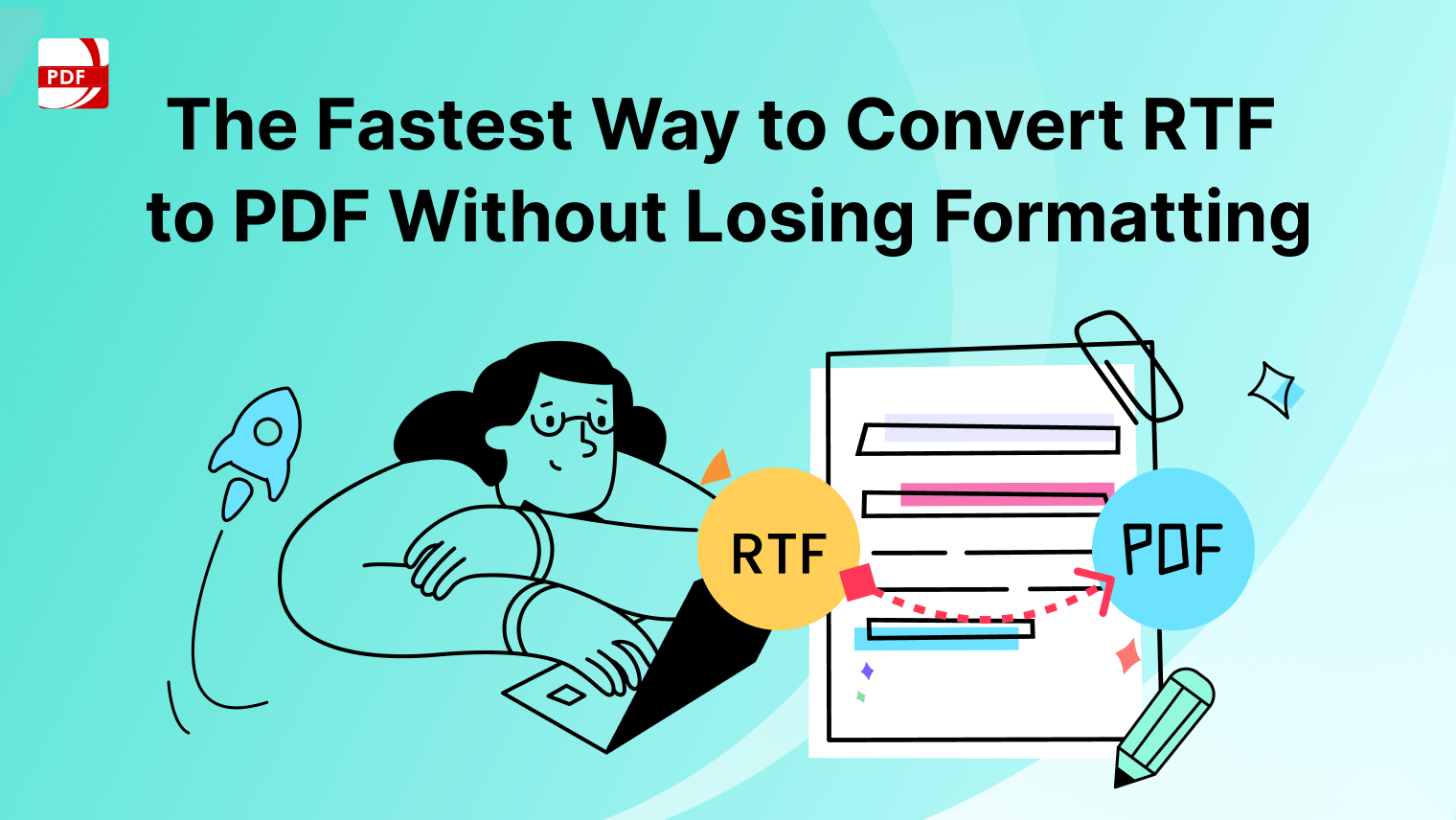Writing a personal statement can be a pivotal part of your college application process.
This document offers you the chance to showcase your unique personal characteristics, life experiences, and future plans to college admissions committees.
At PDF Reader Pro, we understand the importance of crafting a statement that resonates with your desired institution, and we're here to guide you through this journey.
What is a Personal Statement?
A personal statement is a critical piece of writing, often a key component of college applications, scholarship applications, and other academic pursuits.
It's an opportunity for students to present themselves beyond their academic scores and extracurricular activities.
Let's delve into what makes a personal statement so essential and unique.
More Than Just an Essay
Unlike a typical school essay or a supplemental essay, a personal statement is deeply personal and reflective. It's not just about showcasing your writing skills as an English speaker; it's about narrating your journey, your personal growth, and the experiences that have shaped your perspective.
Reflecting on Personal Growth and Experiences
This narrative often includes significant life events, like a pivotal sports game that taught you about teamwork, or your experience as an editor for the school newspaper that sparked your passion for journalism. These stories highlight not just your achievements but also your capacity for growth, resilience, and adaptability.
Expressing Individuality and Aspirations
A personal statement offers a sense of freedom in self-expression. It allows you to convey your unique voice and personality, which can be particularly important for applications to a four-year college or a scholarship. It's a chance to explain your aspirations, challenges, and how you've overcome them, providing a deeper insight into who you are as a person.
Structuring Your Story
Regarding structure, there are several approaches like the montage structure, narrative structure, or the classic story structure. An excellent structure for a personal statement weaves your experiences into a coherent narrative, demonstrating both your impact on people and how these experiences have impacted you.
Beyond Academic Achievements
It's important to note that a personal statement isn't just about academic prowess. It's also a place to discuss other aspects like financial need, especially in a financial need statement or a statement for scholarship application. This aspect allows you to present a holistic view of your circumstances and aspirations.
Key Takeaway
In summary, a personal statement is a multi-faceted document that goes beyond being a strong college essay. It's a platform for students to illustrate their journey, from personal growth to future goals. Whether for a college app, scholarship, or other academic endeavors, it's about painting a picture of yourself as not just a student, but as an individual with unique experiences, aspirations, and perspectives.

Additionally, you can explore our Bank Statement PDF Template in our resume resource.
How to Write a Personal Statement: Step-by-Step Guide
Writing a personal statement can seem daunting, but breaking it down into manageable steps can simplify the process.
Here’s a guide to help you craft a compelling personal statement for your college application.
Step 1: Understand the Purpose
- Objective: Understand what a personal statement is and what it aims to achieve. It’s an opportunity for the admissions committee to learn about you, your interests, motivations, and how you can contribute to their college community.
Step 2: Brainstorm and Select Topics
- Reflect on Your Experiences: Consider life experiences, personal characteristics, achievements, or challenges that have shaped your identity.
- Choose Relevant Topics: Select experiences directly related to the course or career you aspire to pursue. Make sure these experiences demonstrate qualities like resilience, leadership, creativity, or passion.
Step 3: Outline Your Structure
- Introduction: Start with a hook – an exciting opening that grabs attention. Introduce the central theme or story of your statement.
- Body: Develop your narrative, focusing on how your experiences have shaped your aspirations, personality, and decision to apply to this college or course.
- Conclusion: Tie your experiences and lessons back to your goals. Conclude with a clear statement of your plans and how the college fits into these plans.
Step 4: Write the First Draft
- Be Authentic: Write honestly and in your voice. Admissions officers value authenticity over perfection.
- Show, Don’t Tell: Use specific examples and anecdotes to illustrate your points rather than making general claims about your abilities or character.
Step 5: Highlight Your Skills and Aspirations
- Discuss Skills: Explain and demonstrate your skills and qualities that make you a suitable candidate for the course.
- Career Goals: Clearly articulate your future career goals and how the course aligns with these goals.
Step 6: Seek Feedback and Revise
- Get Opinions: Share your draft with teachers, mentors, or peers. Get their input on your statement's content, clarity, and flow.
- Revise Accordingly: Use the feedback to refine your statement. Focus on clarity, coherence, and ensuring your personality and aspirations shine through.
Step 7: Edit and Proofread
- Attention to Detail: Check for grammar, punctuation, and spelling errors. Ensure that your sentence structure is clear and concise.
- Use Tools: Leverage tools like PDF Reader Pro for editing and organizing your document. They can help you spot errors and improve the overall readability of your statement.
Step 8: Final Review
- Read Aloud: Reading your statement aloud can help you catch any awkward phrases or tonal inconsistencies.
- Final Polish: Make sure your statement aligns with the application guidelines (length, format) and truly reflects your personality and ambitions.

Furthermore, you can review our recommendations for writing a College Admission Essay.
How to Write a Personal Statement: Best Practices
By following these steps, you can create a personal statement that is not only memorable but also provides a comprehensive and engaging portrayal of who you are and what you aspire to achieve.
Remember, your statement is your chance to make a lasting impression on the admissions committee, so take your time to craft it thoughtfully.
Understanding the Role of Personal Statements in College Applications
Personal statements are more than just essays; they are windows into your personality, goals, and potential. Admissions committees at colleges use these statements to better understand you as a college applicant beyond grades and test scores. Your statement should reflect who you are, what you care about, and how you plan to use your college education to achieve your future career goals.
How to write a Winning Personal Statement or Statement of Purpose (SOP) for Bsc/ Masters/ Phd Scholarships. Samples that won several scholarships below.
Link below
Tag &RThttps://t.co/cwbA2lKjgp pic.twitter.com/SUbngMYxp4
— 🇸🇪NEXTSTEPWITHCHERRY🇵🇹 (@Cherrychristie2) November 15, 2023
Choosing the Right Personal Statement Topics
Selecting the right topics for your personal statement is crucial. Focus on experiences that have shaped your perspective, contributed to your personal growth, or influenced your career goals. Whether it's a significant life event, a particular challenge you've overcome, or an experience that sparked your interest in a specific field, these stories can powerfully convey your motivations and strengths.
Showcasing Your Personal Characteristics and Writing Skills
Your personal statement is an opportunity to display your strong writing skills. Pay attention to sentence structure, grammar, and clarity. Be authentic and honest, letting your characteristics shine through. Admissions committees value sincerity and can easily spot inauthenticity.
Structuring Your Statement: From Life Experiences to Future Plans
Start your statement by introducing a compelling narrative about your life experiences. This could relate to your family background, a significant challenge, or a moment of realization that defined your future plans. Transition smoothly from these experiences to discuss how they have influenced your decision to pursue a particular field of study or career path.
Including Personal Statement Examples for a College Personal Touch
To give your statement a college personal touch, consider including specific examples that illustrate your points. Describe situations where you demonstrated leadership, perseverance, or creativity. These examples will make your statement more relatable and memorable to the college admissions committees.
Use a College Admission Application PDF Template
When it comes to preparing your college application, organization and clarity are key. PDF Reader Pro offers an invaluable tool for prospective students: the College Admission Application PDF Template.
This template is designed to streamline the application process, ensuring that your application is complete and presented in a professional and easy-to-read format.
The Application Process: Making Your Statement Stand Out
Remember that admissions officers read thousands of essays during the college application process. Make yours stand out by being concise, focused, and reflective. Avoid clichés and overused phrases. Instead, opt for originality and clearly demonstrate your understanding of the subject.
Final Tips: Review and Edit for a Polished Finish
Before submitting, review your personal statement several times. Seek feedback from teachers, mentors, or peers. Use PDF Reader Pro to edit and organize your drafts, ensuring your final submission is polished and error-free.
Additionally, you can explore our Bill of Sale Virginia PDF Template in our resume resource.
How to Write a Personal Statement: FAQ
What percentage of people get accepted into colleges based on their personal statements?
The impact of a personal statement on college acceptance varies greatly among institutions. While exact percentages are hard to pinpoint, a compelling and well-crafted personal statement can significantly enhance an application, especially in cases where academic credentials are comparable among applicants. It provides a unique opportunity to stand out in a pool of candidates.
Can you provide a solid example of an outline for a personal statement?
A solid outline for a personal statement might include:
- Introduction: A brief snapshot of who you are and your aspirations.
- Body Paragraphs: Key experiences and achievements, such as shadowing experiences, involvement in a volleyball team, or significant family responsibilities like being a 'team mom'.
- Conclusion: Reflection on how these experiences have shaped your goals and vision for your future professional career.
What should be included in the narrative outline of a personal statement?
A narrative outline should include:
- Hook: An engaging opening that sets the scene.
- Chronology: Progression of events or experiences, like a 'slice of time' in your life or extraordinary times you've faced.
- Reflection: How these experiences have contributed to your personal growth and future aspirations.
How important is the essay writing process for personal statements?
The essay writing process is crucial in crafting a personal statement. It involves multiple stages, from brainstorming to drafting and revising. This process ensures that your essay effectively communicates your story and showcases your abilities, from a mechanical level (grammar and syntax) to a conceptual level (content and narrative flow).
How can personal statements influence one's professional career?
Personal statements can have a long-term impact on one's professional career. They often serve as the first impression to admissions committees, scholarship panels, or future educators, influencing their perception of your potential and fit for a particular field or program. A well-written statement can open doors to opportunities and set the stage for your professional trajectory.
Should personal statements focus on a specific time period or broad experiences?
Personal statements can either focus on a specific 'slice of time' that was particularly influential or provide a broader overview of relevant experiences. The choice depends on the story you want to tell and how best you can demonstrate your qualities and potential. Whether focusing on a specific event or a range of experiences, ensure it resonates with your overall narrative.
How can students from diverse backgrounds, like immigrant families or Chinese students, approach writing their personal statements?
Students from diverse backgrounds, including those from immigrant families or international students like Chinese students, should embrace their unique perspectives and experiences in their personal statements. They can discuss the challenges they've faced, their cultural heritage, and how these experiences have shaped their worldview and academic interests. This approach adds depth to their application and highlights their resilience and adaptability.
Is it better to draft perfect paragraphs initially or write entire drafts and then revise?
It's generally more effective to write entire drafts first and then revise. This approach, often referred to as a 'brain dump', allows for the free flow of ideas without the pressure of perfection. Once the ideas are down, you can refine and polish the draft, focusing on structure, clarity, and coherence. This method is especially beneficial during the initial brainstorming stages.
College application essays aren't easy, and you won't find many elementary schools that accept anyone but the most extraordinary people. Thankfully, you're one of them.
You also have plenty of solid example outlines to draw inspiration from now, and climbing to family-inspried objectives like scholarships for students is always a great idea.

In conclusion, writing a personal statement is akin to nurturing the tissue growth of your academic and professional identity. It's an organic process that evolves from the intuitive sense you have of your life's narrative, much like the careful nurturing required in the care of children. As you brainstorm and dump your thoughts onto paper, remember that each idea, each memory, is a vital part of the whole, just as every cell contributes to tissue growth on a molecular level.
Think of this process as a real-life game where the rules are defined by your unique brain chemistry and experiences. Your personal statement should be a canvas for your artistic design, showcasing not only your academic achievements but also the nuances of your personality, akin to a piece of graphic design that balances content with aesthetic.
As you engage in various brainstorming exercises and strategies, consider each draft a step closer to refining your thoughts, from a rough mechanical level to a polished and cohesive narrative. Remember, the goal is not just to present a series of events but to weave them into a story that resonates on a personal and emotional level.
Writing a personal statement, therefore, becomes more than just an application requirement; it's a journey of self-exploration and articulation, encapsulating the essence of who you are, not just as a student or a prospective college applicant, but as an individual with dreams, experiences, and ambitions.
Actual children are being raised to put their mind in action, so they can have peace of mind once it comes to their applications. They use brainstorming strategies like adults do.












 Free Download
Free Download  Free Download
Free Download 





 Support Chat
Support Chat